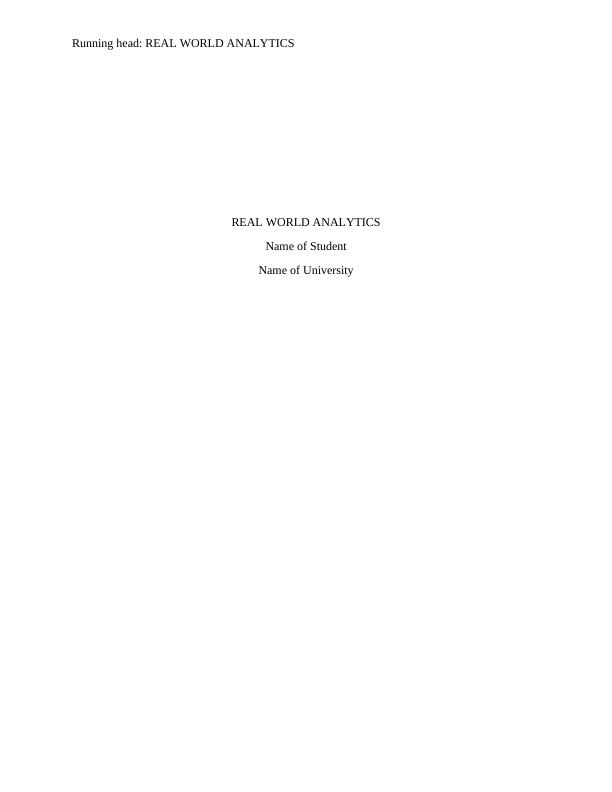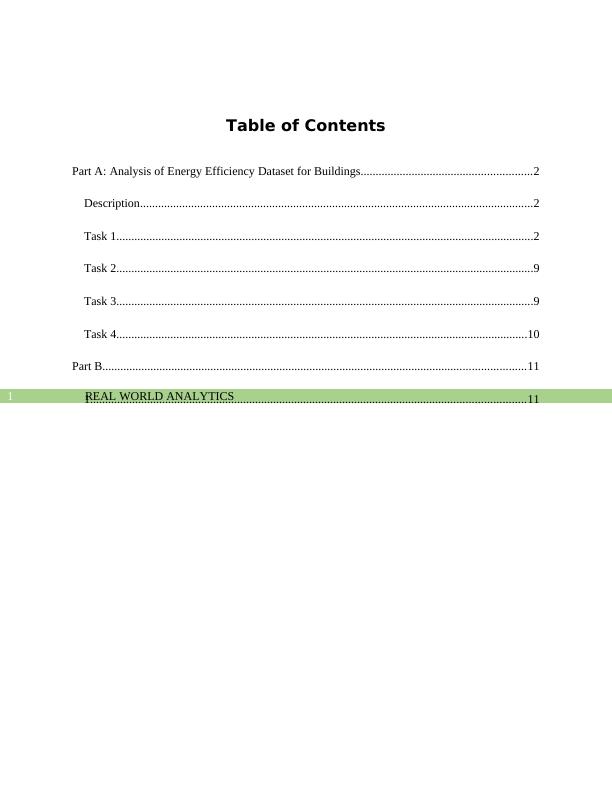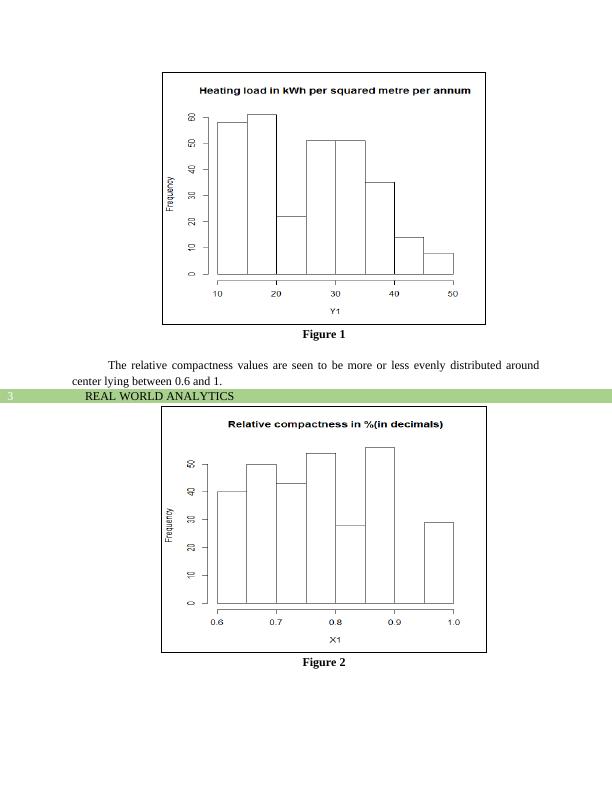Ask a question from expert
Analysis of Energy Efficiency Dataset for Buildings - PDF
12 Pages1568 Words214 Views
Added on 2021-06-14
Analysis of Energy Efficiency Dataset for Buildings - PDF
Added on 2021-06-14
BookmarkShareRelated Documents
End of preview
Want to access all the pages? Upload your documents or become a member.
Real WORLD ANALYTICS 12 12 REAL WORLD ANALYTICS Name of Student Name
|13
|1766
|465
Real World Analytics - Assignment Sample
|11
|1501
|131
Real World Analytics - Assignment
|13
|1530
|90
Real World Analytics - Assignment Sample
|15
|1161
|15
SIT718 Real World Analytics
|9
|2017
|57
Linear Regression Model for Resistance per Unit Weight of Displacement
|106
|14401
|57



